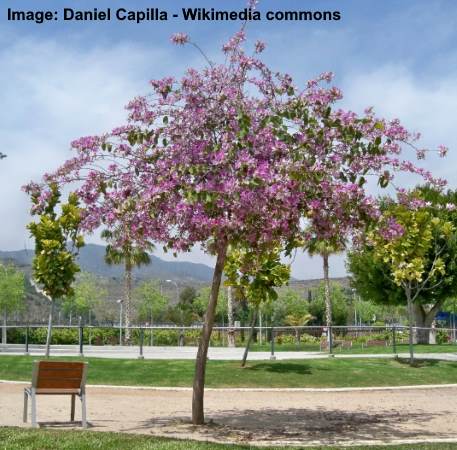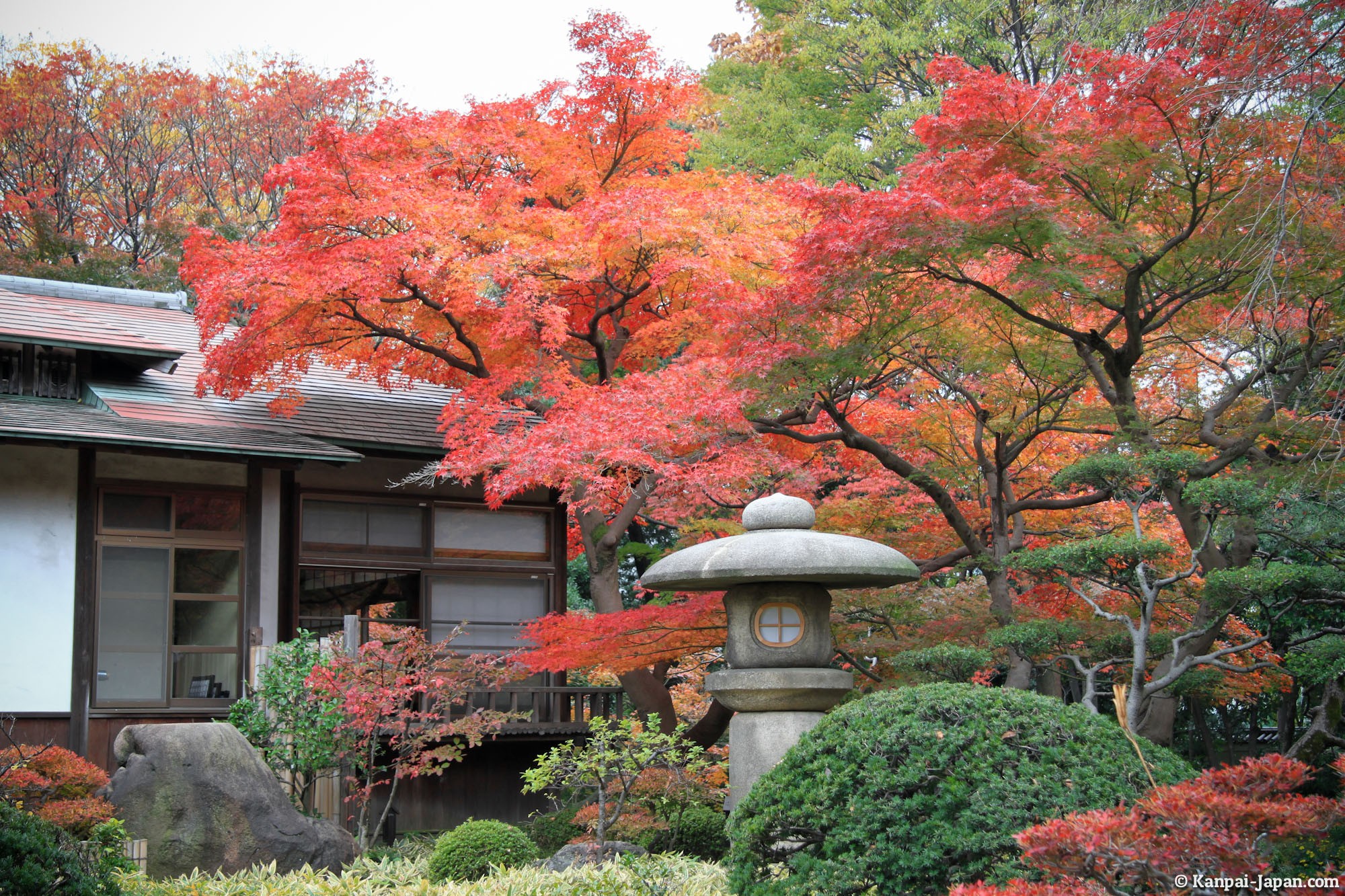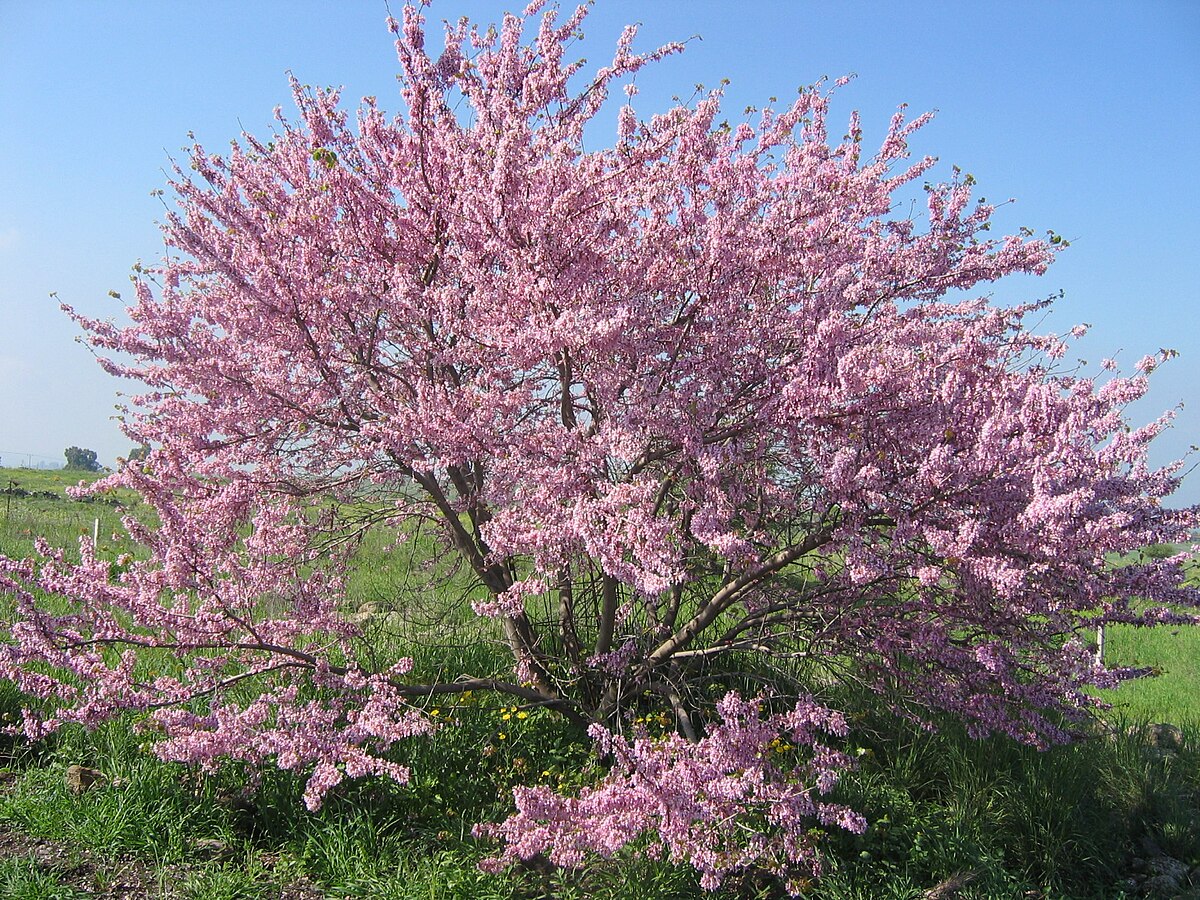One of the best parts of designing a garden is thinking about the trees you can plant, as they are an investment for the future. That small tree that seems so fragile today will eventually grow and provide shade, flowers and perhaps fruit. That’s why it’s important to choose trees not just for aesthetics, but also for function, how they will grow and how they will develop their roots.
If you are looking for trees that improve the temperature of the space with their shade and whose roots are not invasive, to protect buildings and pipes, then you are in luck because we will mention the most beautiful species with these characteristics, as well as the basics of their maintenance and why you should prefer them.
Why should we consider roots?
A few years ago, we started having problems with the pipes at home. After digging up the soil and pulling out the pipes, we discovered the source of the problem: the roots of one of the trees in the garden had broken the pipe. The sad part is that in addition to paying a lot of money for repairs, we had to get rid of the tree. This sounds like a simple anecdote, but the truth is that it is critical to know what kind of tree is the right size for the space and whether or not its roots are aggressive. Remember: it’s not the poor tree’s fault, it’s the humans’ fault for planting it without considering whether it was the right thing to do.
Root systems serve two purposes: they provide an anchor to the soil, allowing them to withstand winds and storms, but they are also the tree’s way of absorbing and transporting the water and nutrients it needs to stay alive. Roots generally extend over an area similar to the extent of its crown, although it can exceed these dimensions in many species. In fact, if we consider the whole tree as an individual, the crown would only represent 30% of its total volume, with 70% of the tree underneath and growing in proportion.
There are two types of roots in trees. Extensive Roots, which have about the same thickness, extend on the sides as the crown of the tree and have a very good grip on the ground. They are the most damaging to structures, as they are the ones that invade spaces. Taproots are characterized by a thicker main root. They grow downward, deeper into the soil and have less anchorage. This makes them a bit risky in high winds or storms, as they can fall over more easily.
It is important to consider the type of roots of the trees you choose for your garden, especially if they are to be very close to the house or other structures. Roots have an instinct to constantly seek out water, which is why they puncture pipes or seek out other areas, destroying entire underground pipe systems, invading swimming pools or digging up soil in the best of cases. That said, it is important that you avoid tree species such as eucalyptus, willow or poplar, which are very thirsty types and will not stop until they find a continuous source of water through their highly developed and invasive roots.
Trees with few roots
For some strange reason, we think that root size is proportional to crown size, and nothing could be further from the truth. Believe it or not, there are giant, towering tree species that are perfect for planting near buildings because their roots are few and shallow. As if that weren’t enough, many of these trees have a leafy canopy that extends to provide shade. This makes these species ideal for gardens close to the house or small patches of land where a building is located. Some species more adapted to the Iberian Peninsula are:
Bauhinia or orchid tree

The most characteristic feature of this tree is its lobed leaves, which resemble the hoof of a cow or camel. They are native to Asia and can reach a height of 6 to 7 meters. They produce a white or pink flower that looks like small orchids. They have a very dense canopy and are ideal for planting near the house because they have no invasive roots and their parasitic habit provides incredible shade.
Bauhinias like to live in full sun and require little watering. Believe it or not, they are able to withstand light frosts down to -7° C. The flowers are not very fragrant, but they are a treat and attract birds. You will spend hours enjoying their song and colors. Although they are deciduous (meaning they lose their leaves during the cold season), they are not trees that have troublesome fruits or seeds that stain the ground or make too much of a mess in the garden.
Maple

These are deciduous trees, which grow very well in temperate regions of the earth. This condition is very important, because they do not do well in places with warm temperatures and prefer environments with differentiated seasons and winters that reach 0°C.
There are many varieties of maples. You must therefore be careful to choose the variety that suits you best. If you have little space, you can look for the acer negundo that grows up to 15 meters, the country maple that grows up to 10 meters or the pensylvanicum that goes from 5 to 10 meters.
Love Tree

I will confess that I am an inveterate fan of flowering and colorful trees, so the Love Tree, Judas Tree, Cyclamen or Cercis Siliquastrum has always been on my wish list and it is impossible not to fall in love with this festival of lilac flowers that transforms the tree in spring. It’s not very tall, growing to 20 to 40 feet, but it’s great for providing shade in the garden.
The Judas tree has deciduous leaves, which means that they are lost during the cold season but instead of appearing in spring, the tree fills with flowers and then the leaves return. It is resistant to cold, up to 18°C, and is therefore perfect for regions with extreme climates.
Shade banana – Plátanus hispanica
One of the most planted native species throughout the peninsula, the shade plane is an ornamental deciduous tree, which grows quite quickly and stands out because it produces a lot of shade thanks to its size, reaching between 30 and 40 meters in height. It is easy to grow in full sun, very leafy, long-lived and although it prefers temperate regions, it grows almost everywhere.
It is important to note one detail: this tree is very allergenic. If you suffer from allergies, sinusitis and similar conditions, it is best to stay away from this species, especially in the spring, because when it blooms, it releases a large amount of pollen that can affect your airways.
Prunus: cherry and plum trees
These trees are a real treat. There are many varieties, but the ones that have the sparsest roots and are best for shade are the prunus mahaleb, prunus serrulata and prunus cerasifera varieties. These are deciduous trees that can reach a maximum height of 12 meters. They are characterized by the fact that in spring they are covered with beautiful small white or pink flowers.
Have you seen Japanese cherry trees? Well, they are prunus cerasifera. But they are not only beautiful, they are also perfect for extreme climates as they can withstand temperatures down to -18° Celsius. They are more or less easy to maintain, but they need distinct seasons (with very cold winters) to be able to bloom and complete their cycle.
Citrus
Lemons, oranges or tangerines; each can be a beautiful tree that provides not only shade but also delicious fruit. They are evergreen, meaning they keep their foliage all year round. The flowers smell delicious and also have a beautiful shape. They can withstand temperatures down to -7° C, but you must protect them in case of heavy frost. If you fertilize them from spring to fall, you will have incredible fruit. To me, this is one of the species we should all have in our garden if the environmental conditions are right, and depending on the variety, they can start bearing fruit in the first year.
Ash trees
This is a deciduous tree, whose green leaves change to a beautiful yellow color in the fall. In spring, it produces beautiful white flowers that have a delicious aroma. It can grow up to 12 meters high, although some ash trees have been reported to grow up to 40 meters high. Ash is an excellent tree for locations with lots of shade and is very frost resistant, but it does not like excessively hot climates at all, so avoid it if your area has mild winters and oppressive heat.
Jupiter Tree
Also known as the Indian lilac, Lagerstroemia indica L is a beautiful tree that is covered with clusters of pink, red or white flowers every summer until fall. From spring, it is adorned with its shiny green leaves and at the end of the blooming period, it takes on golden or purple tones. Quite a show.
The Jupiter tree prefers drained soils, moderate to infrequent watering and lots of light. It is important to prune it at the end of winter so that it can germinate vigorously in spring. It should be fertilized every 15 days with a good organic fertilizer, preferably liquid, so that the flowers appear with much more vigor.
Care of Shade Trees with Few Roots
Choosing the right tree is only a small part of the responsibility you have taken on. Most of the species we’ve suggested are very low maintenance, but you will need to care for them during the first few years of their life, as they are just starting to grow. This includes protecting them from frost, as when they are young they can be affected.
Even though these trees have low roots, it’s important to give them enough room to expand their root system. Try to keep them at least one meter away from any construction (wall, asphalt floor or other) to prevent them from affecting these structures over the years. Remember that it is not the fault of the tree, but of the people who planted it and did not take the necessary precautions.
You need to water the tree according to its particular needs, but you also need to consider the environmental conditions. If it is very hot or the sun is shining directly on the ground where they are planted, you will probably need to increase the frequency of watering. Rainwater is ideal, but if you’re not lucky enough to live in a place where it rains regularly, you can fill a bucket with tap water and let it sit for at least 24 hours to allow the chlorine and other substances that can affect the health of your trees to evaporate.
If you want trees with lush branches, incredible flowers and beautiful growth, you must enrich the substrate with organic fertilizers. Use them as recommended for your species, usually during the growing season from spring to early fall. Determine if and when the tree needs pruning. This will allow it to grow vigorously and in a short period of time, transforming the garden into a fresh and delightful space.

